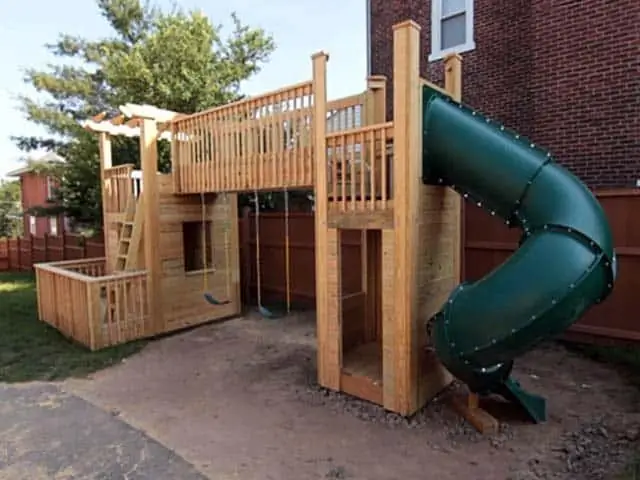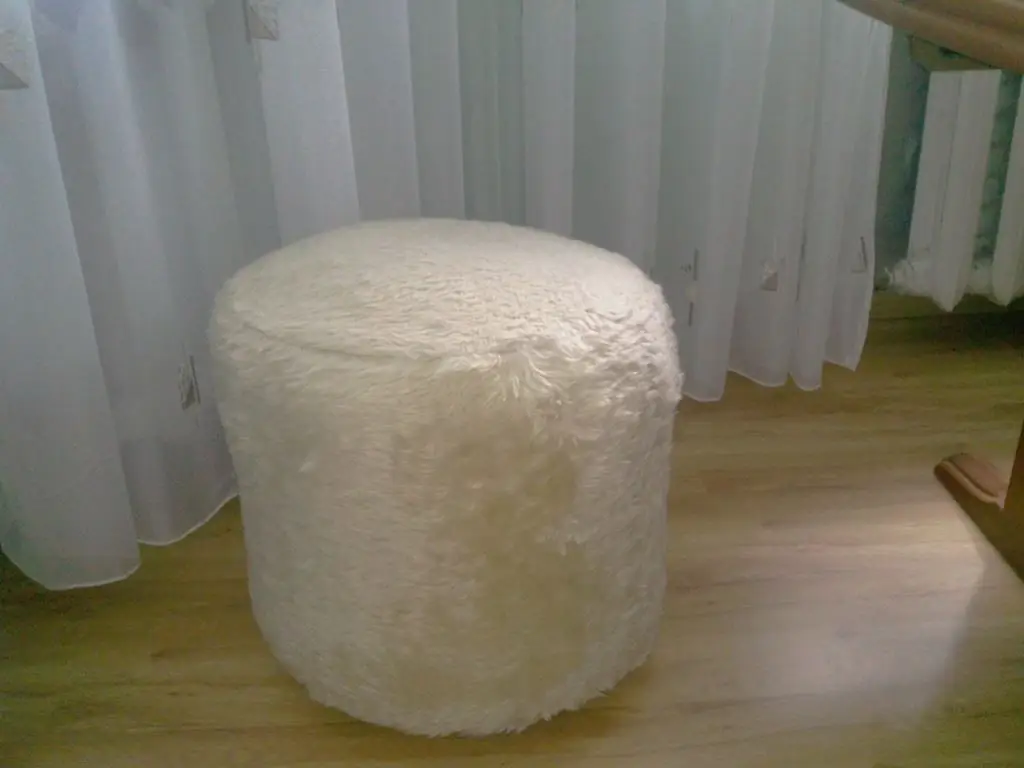
Table of contents:
- Author Bailey Albertson [email protected].
- Public 2023-12-17 12:53.
- Last modified 2025-01-23 12:41.
A work of art from available tools: making cabochons from broken cups

How often do dishes break in your house? There can be many reasons for this, from the usual awkwardness to loud family quarrels, but the consequences are always the same - the fragments are swept away and sent to the trash. Even superstitious people, who believe that dishes break for good luck, prefer to get rid of the shards, because leaving them at home is a bad omen. But we are able to breathe new life into spoiled things, applying creativity, imagination and a little effort to this. For example, make original cabochons from beautiful dishes that have been broken.
What are cabochons and where can you use them
Many needlewomen like to work with large stones, which are used as the central, main element in the finished product. It is these stones that are called cabochons. They can be precious or semi-precious, but their peculiarity lies precisely in the way they are processed.

Precious or semi-precious stones with a smooth convex cut can act as cabochons.
Such a product has no edges, it must have a smooth surface, convex on the upper side. The underside can be concave or flat. It is thanks to this shape that many stones reveal their beauty, graceful color and internal shape under certain lighting conditions.
In modern needlework, the concept of "cabochon" has become somewhat broader. Now this can be called any item with a convex outer side that can be processed, sheathed or braided to turn into a piece of jewelry, a piece of furniture or an accessory: a necklace, bracelet, ring and earrings, belt buckle, bag fastener, garment decoration.

Cabochons can be of different shapes, but always with a smooth surface
The process of making a cabochon from a broken cup and plating it
I have a set that I got from my grandmother. I don't even know how old he really is. It just gathers dust in the closet, and from time to time I take it out when there are many guests in the house and there are not enough cups for everyone. It's beautiful, but very old-fashioned and impractical. Recently, while washing this service, I broke one cup. There was no particular reason for frustration, and I was about to throw out the fragments, but I paid attention to the shape of some of them. And I remembered that I have long wanted to try beadwork and make myself a necklace. I had the beads of the right colors. There were no more doubts, but enthusiasm woke up.
To work you will need:
- broken dishes;
- drill;
- grinding attachment;
- metal brush attachment;
- protection (scarf or mask on the nose and glasses for the eyes);
- pieces of felt;
- glue like "Moment";
- beads;
-
jewelry string with connectors.

Broken dishes and tools Pick a shard that matches the shape and arm yourself with tools
And you will also need threads and needles for embroidery. Better take special needles for beading and silk threads.
-
Place the sander on the drill. Turn on and sharpen all sharp edges of the selected shard carefully. All corners and chips should be softened so you don't get hurt when beading the cabochon.

Grinding attachment for drill Grind the sharp edges of the shard with a sander
- After all the sharp edges have been removed, replace the brush head with a metal brush and brush it over surfaces, especially the one that will attach to the fabric. It should be smooth and even.
-
Take felt and cut out the base for the necklace you want. Glue the prepared cabochon to the center of the fabric and start beading. Sew the first row of small beads in one layer, tightly to each other. The second row is sewn on according to the mosaic principle: each bead is sewn through one in the previous row. The next row is exactly the same. And so, depending on the size of the cabochon fragment 3-5 rows.

Cabochon Beading Bead the cabochon carefully according to the mosaic pattern
-
After sheathed one cabochon in this way, you can place several more prepared shards on the sides. If they are of different shapes and colors, you get a very interesting effect.

Cabochons on a necklace blank On the sides of the main cabochon, you can sew a few more
-
There will be a free space between the trimmed cabochons. It can be filled with large beads and sewn in the same way.

Embroidery with beads and pearls Empty spaces between cabochons can be filled with beads
- After the decoration is completely decorated, you need to cut off the excess felt. Leave about 1 mm of fabric around the edges, otherwise, if you cut back to back, you may damage the thread, which will scatter the whole work. The edges of the fabric that protrude beyond the seam can be neatly overcast by hand.
-
When finished, sew on the connectors around the edges of the necklace to secure the jewelry string to them. Beads of suitable size and color can be strung on it.

Ready made cabochon necklace Beaded cabochon necklace looks delicate and effective
Lately, creative designers have been giving us tons of ideas for using things that we would just throw away. It can be not only beautiful, but also practical. Why throw out broken dishes when you can decorate your surroundings with them? Tell us what would you do with the broken pieces of cups and plates if you decided to use them for the good of the cause?
Recommended:
DIY Children's Slide Made Of Wood And Other Materials - Instructions With Photos And Videos

Types of children's slides. Wood slide construction technology. Installation instructions for a metal children's slide
DIY Ottoman: Step-by-step Instructions For Making A Beautiful And Functional Ottoman, Useful Tips, Recommendations, Photos And Videos

Practical recommendations for making do-it-yourself ottomans. Used tools and materials
Do-it-yourself Snowman From Plastic Cups Step By Step - Instructions With Photos And Videos

How to make a snowman from plastic cups. DIY step-by-step manufacturing methods. How to decorate and what is needed for this
Broken Mansard Roof, Its Structure And Main Elements, As Well As Features Of Installation And Operation

Brief description of the mansard sloping roof. The device of the rafter system. Calculation of the cross-section of the rafters. The procedure for installing a sloping roof and the rules for its operation
Broken Glass Cake (Mosaic): Step By Step Recipes With Photos And Videos

How to make Broken Glass cake. Step-by-step recipes with photos and videos
